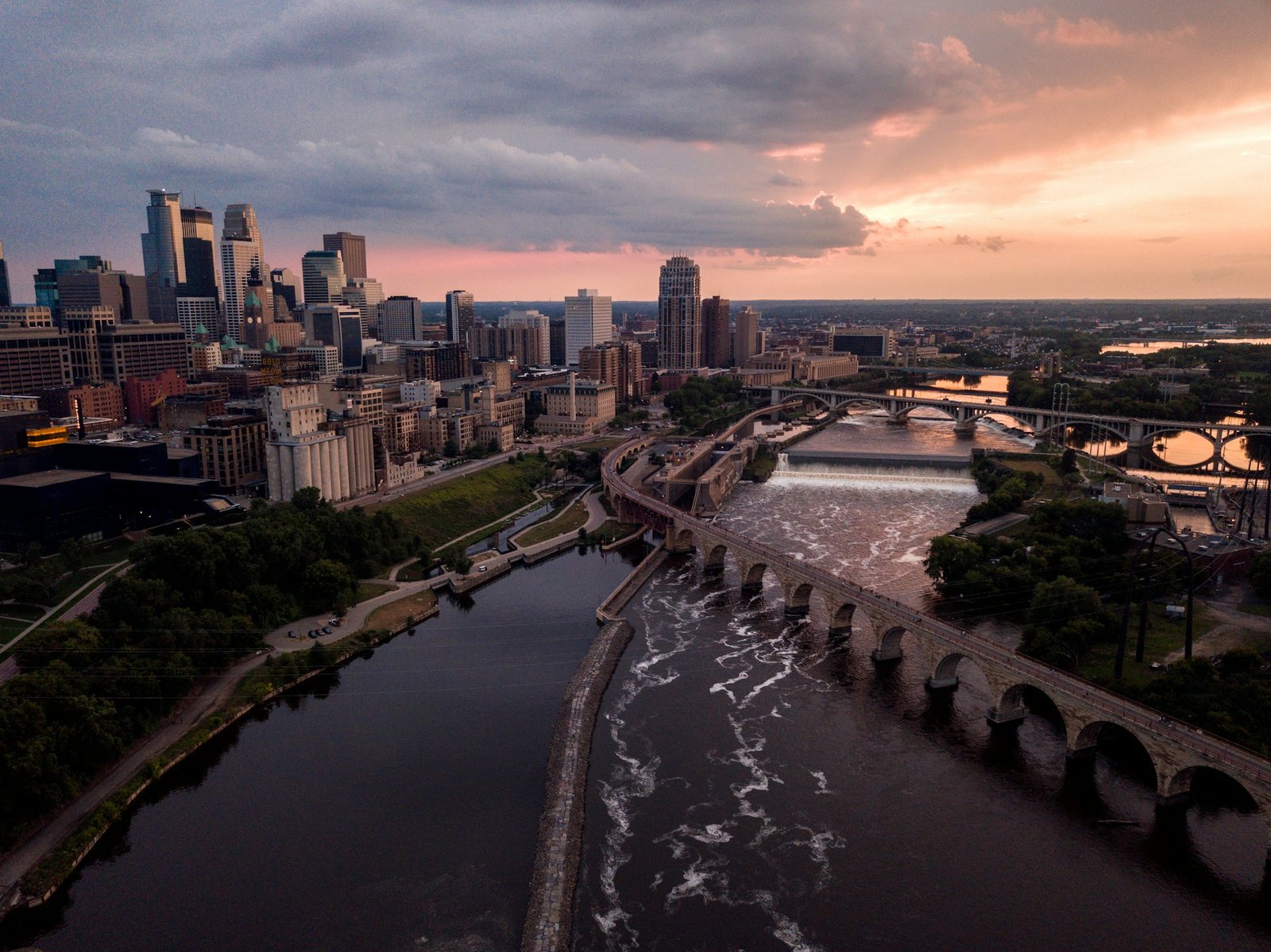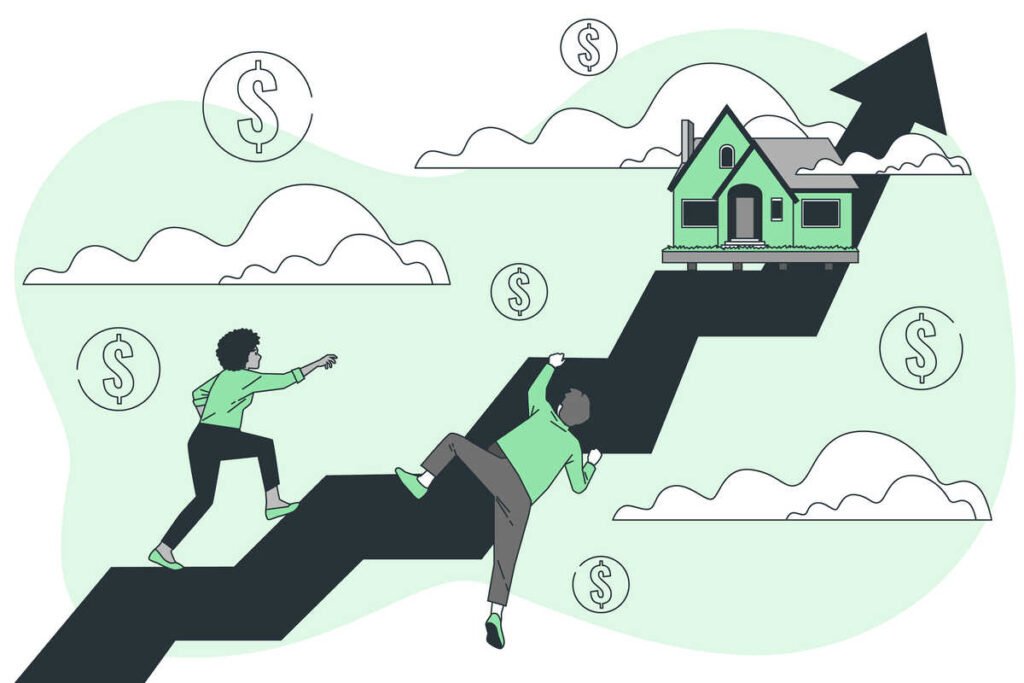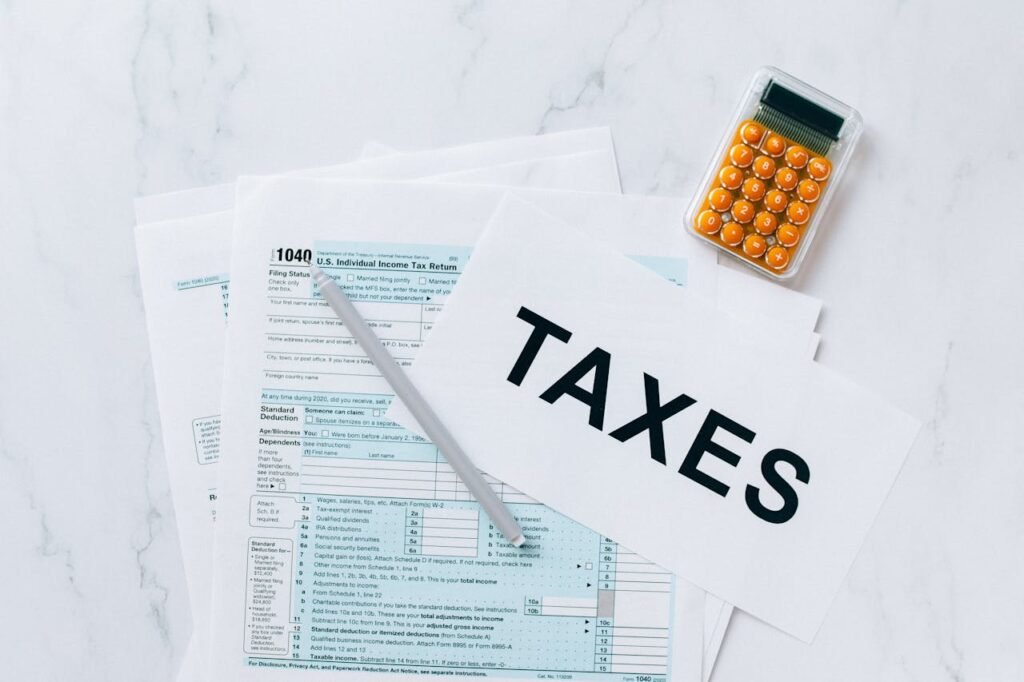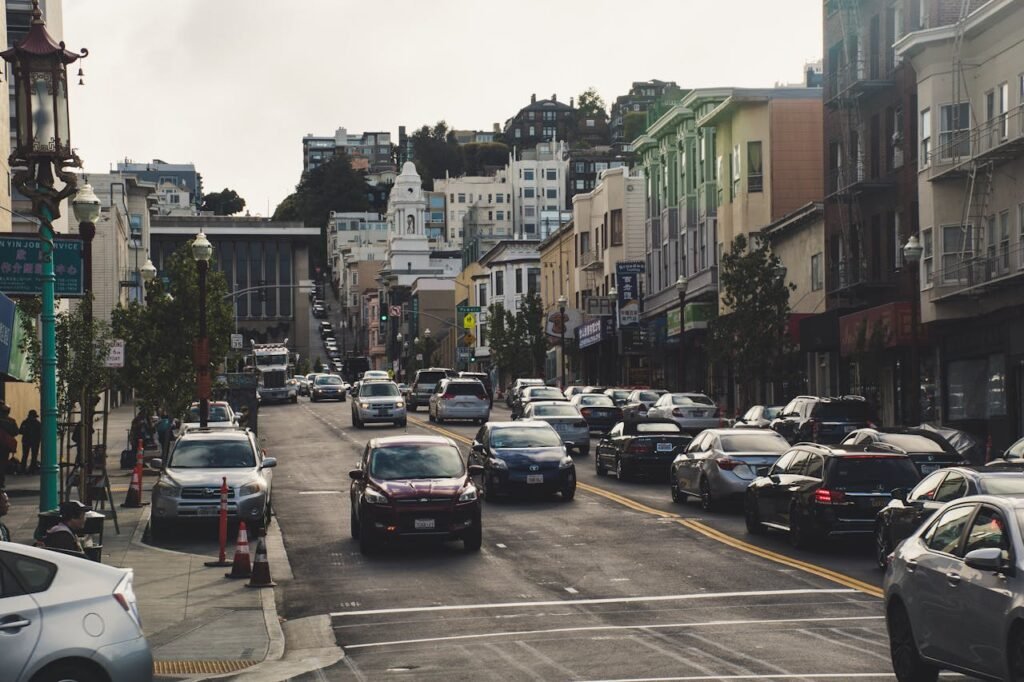Physical Address
304 North Cardinal St.
Dorchester Center, MA 02124
Physical Address
304 North Cardinal St.
Dorchester Center, MA 02124

Minnesota is home to some of the most desirable neighborhoods in the Midwest, attracting families, professionals, and retirees alike. With top-rated schools, low crime rates, and scenic landscapes, these communities often make the list of the best places to live. However, beneath the surface, there are hidden challenges that homebuyers, renters, and investors need to be aware of. From skyrocketing home prices to hidden costs and infrastructure concerns, here’s the ugly truth about Minnesota’s most desirable neighborhoods.

One of the biggest downsides of Minnesota’s most desirable neighborhoods is the soaring cost of homeownership. Areas such as Edina, Wayzata, and Woodbury have seen home prices surge by as much as 15% year-over-year, making it difficult for middle-class families to afford a home.
According to Zillow, the median home price in Edina has surpassed $650,000, making it one of the most expensive suburbs in the state. For many young families and first-time buyers, these price hikes are pricing them out of their dream neighborhoods.

Another ugly truth about living in Minnesota’s top-tier neighborhoods is the high and rising property taxes. While living in areas with great schools, parks, and infrastructure is appealing, these benefits come at a cost.
For example, homeowners in Minnetonka are seeing property tax bills climb by 10% annually, according to Realtor.com. If you plan to move into one of Minnesota’s premier neighborhoods, be prepared for significant tax obligations.

While Minnesota’s top suburbs offer excellent amenities, traffic congestion and overcrowding are becoming major concerns. Once-quiet streets in areas like Eden Prairie and Maple Grove are now facing increased congestion due to rising populations and commercial development.
According to Urban Land Institute, overdevelopment in these areas has outpaced infrastructure improvements, leading to growing frustrations among residents.
Beyond mortgage payments and property taxes, hidden costs in desirable Minnesota neighborhoods can catch homebuyers off guard. Many homeowners are unaware of unexpected fees, maintenance requirements, and community association dues.
A report by Bankrate found that unexpected homeownership costs can add up to $9,000 per year, making budgeting crucial for anyone moving into a high-end community.
As wealthier homebuyers move into Minnesota’s most desirable neighborhoods, gentrification is forcing longtime residents to relocate. Areas like Northeast Minneapolis and parts of St. Paul’s Highland Park are experiencing rapid transformations that have both positive and negative impacts.
According to Minnesota Public Radio, gentrification has caused rental prices in some Minneapolis neighborhoods to double over the past decade. This shift is pushing out artists, small business owners, and middle-income families who once called these areas home.
Although many of Minnesota’s best neighborhoods boast low crime rates, recent data shows an uptick in property crimes, break-ins, and auto theft. Areas that were once considered crime-free are seeing incidents rise as communities expand.
The FBI Uniform Crime Report shows that suburban crime rates have increased by 12% in some areas over the past year. Many homeowners are investing in home security systems and neighborhood watch programs to combat this trend.
One of the most overlooked risks of living in certain Minnesota neighborhoods is climate-related flooding. Many areas near lakes and rivers, including parts of Stillwater and Prior Lake, are experiencing rising flood risks due to extreme weather patterns.
The Federal Emergency Management Agency (FEMA) has reclassified several areas of Minnesota as high-risk flood zones, meaning homeowners in these locations could see major insurance hikes or face difficulties when selling their properties.
While Minnesota’s most desirable neighborhoods offer fantastic schools, strong job markets, and beautiful landscapes, they also come with hidden challenges that homebuyers need to consider. From skyrocketing prices and high property taxes to congestion, gentrification, and climate risks, the reality isn’t always as perfect as it seems.
Before making a move, prospective homeowners should do their research, calculate total living costs, and explore less-hyped areas that may offer a better balance between affordability and quality of life. By understanding the ugly truth about Minnesota’s most desirable neighborhoods, buyers can make smarter real estate decisions that align with their financial and lifestyle goals.